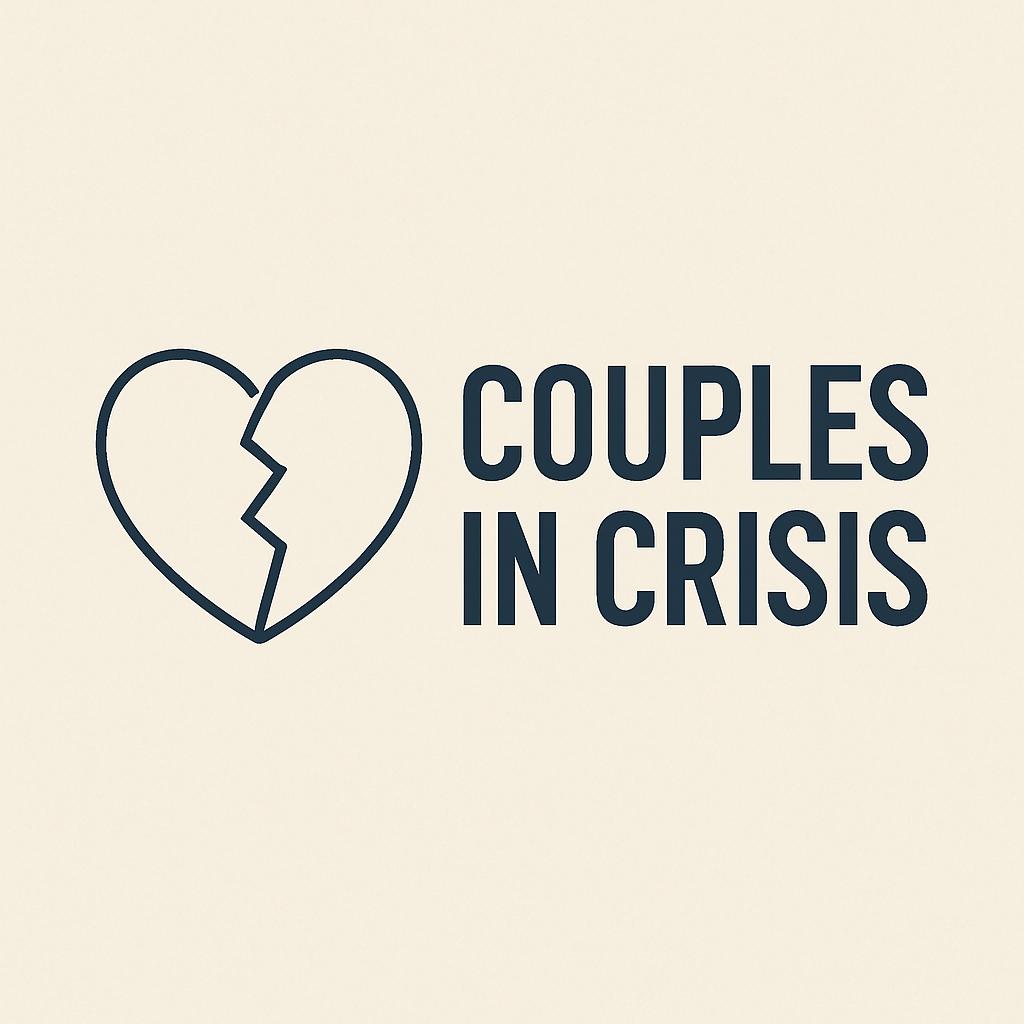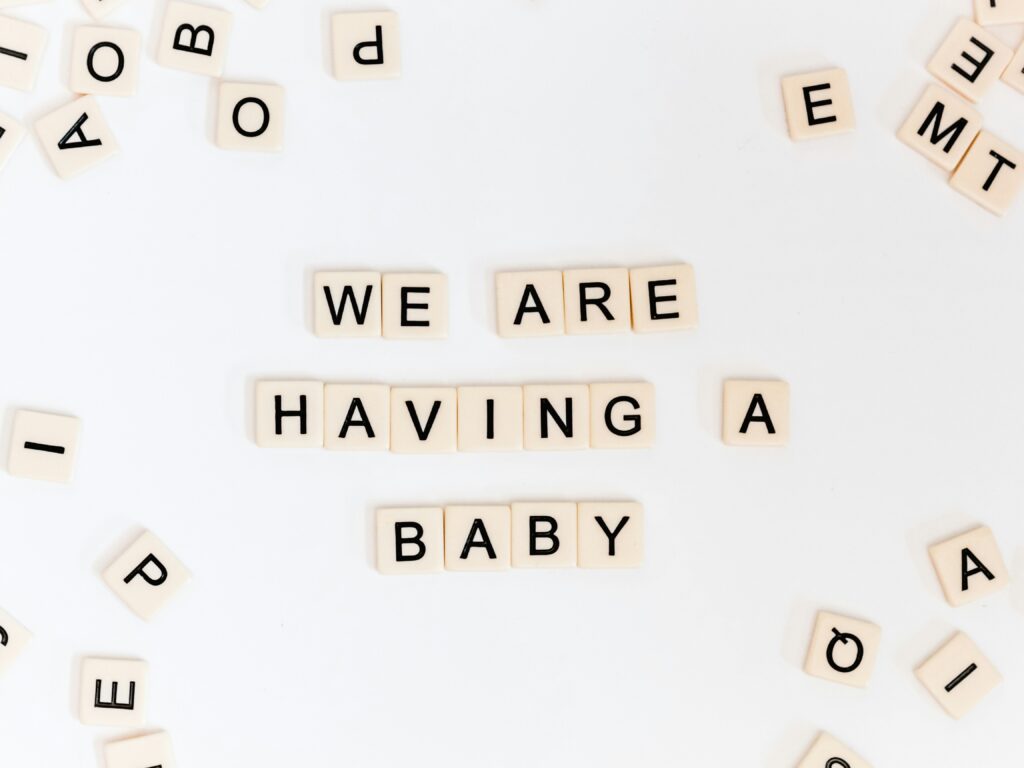I love you… but I’m not in love with you
Emotional ambivalence and the slow fade of connection in long-term relationships
This post is part of Couples in Crisis, a blog series drawing on real-life stories from the therapy room. Each post explores common relationship issues — from infidelity to fertility loss — through a therapeutic lens. All names and identifying details have been changed to protect confidentiality. Whether you’re in crisis, at a crossroads, or simply curious about how relationships evolve, you’re warmly invited into the conversation.
Welcome to week two
Emma sat on the therapy sofa and finally said what she’d been carrying for months:
“I love him… I do. But I don’t think I’m in love anymore.” Her partner, Dan, sat quietly beside her. His jaw tightened, his eyes fell to the floor. He had sensed it, the emotional distance, but hearing it aloud landed like a small grief.
This is a phrase many of us have said, heard, or feared. It’s not loud or explosive like betrayal. It’s quieter. More uncertain. And often it arrives after years of routines, parenting, stress, and kisses that feel more habitual than heartfelt.
When emotional connection fades in a long-term relationship
For Emma and Dan (not their real names), the slow fade began after their second child was born. Between sleepless nights, shifting roles, and the emotional overwhelm of parenting, their relationship drifted into autopilot. Conversations turned logistical. Touch became functional. And the intimacy they once shared was replaced by a quiet sense of disconnect.
“We used to laugh,” Emma said. “We used to feel like us.”
This kind of emotional ambivalence — feeling love but not in love — is a common reason couples seek therapy. It’s often less about the absence of love, and more about the erosion of feeling. That sense of being emotionally met, seen, and alive in the relationship.
Couples often say they feel more like co-parents, flatmates, or colleagues than romantic partners. Over time, this can erode not just connection, but the desire to repair it.
A psychoanalytic look at emotional ambivalence in relationships
From a psychoanalytic perspective, emotional disengagement isn’t just about routine or stress. It often points to a deeper inner conflict between the desire for emotional safety and the longing for vitality or excitement.
Long-term relationships stir our earliest fears — about being too close and losing ourselves, or too distant and losing the other. When intimacy starts to feel risky or unsatisfying, we may unconsciously numb ourselves as a form of emotional self-protection. Saying “I’m not in love with you” can become a safer narrative than facing feelings of rejection, resentment, or disappointment.
There is often a mourning process beneath the surface — a quiet grief for the relationship we once had, or imagined we’d have. Psychoanalytic therapy helps us ask: are we reacting to our partner, or to an internalised story of love shaped by our past? Are we withdrawing because we no longer care — or because caring has become too painful?
It’s important to remember that we often bring to our relationships not just our present selves, but old emotional templates. These shape how we attach, how we manage conflict, and what we expect from love. Ambivalence may be a defence, not a conclusion.
Relationship drift is usually mutual, even if it’s unspoken
For Dan, the shock wasn’t just about Emma’s words. It was also about seeing his own emotional withdrawal.
“I didn’t want to make things worse,” he said. “So, I said nothing.”
Like many couples facing emotional disconnection, both partners had been quietly stepping back, unsure how to name what was missing.
Therapy gave them the space to reflect on what their emotional ambivalence really meant. Was this the beginning of the end? Or a sign they needed to re-invest in the relationship?
Sometimes, these conversations uncover deeper resilience in the couple. Other times, they bring clarity about what’s no longer working. But either way, they mark a shift from silence to self-awareness.
Rebuilding emotional connection: five things to reflect on
If you’re feeling the drift in your relationship, here are a few gentle suggestions:
- Don’t panic
Emotional ambivalence is common. It’s a signal, not a sentence. Get curious before jumping to conclusions. - Speak the unsaid
Avoiding difficult conversations deepens the divide. Naming what feels off can open the door to reconnection. - Look under the numbness
Is there unspoken resentment, hurt, or exhaustion beneath the surface? - Remember: love is a verb
Relationships need emotional investment. Are you prioritising connection — not just survival? - Consider couples therapy
A therapist can help unpack the emotional dynamics and support you in navigating what’s next, whether that’s repair, change, or closure.
In the end…
Emma and Dan didn’t find a quick fix. But they began talking, honestly, and for the first time in a long while. That shift, subtle as it was, became the starting point for something different.
Because sometimes it’s not about falling back in love, but about learning how to meet each other again, with presence, vulnerability, and choice.


